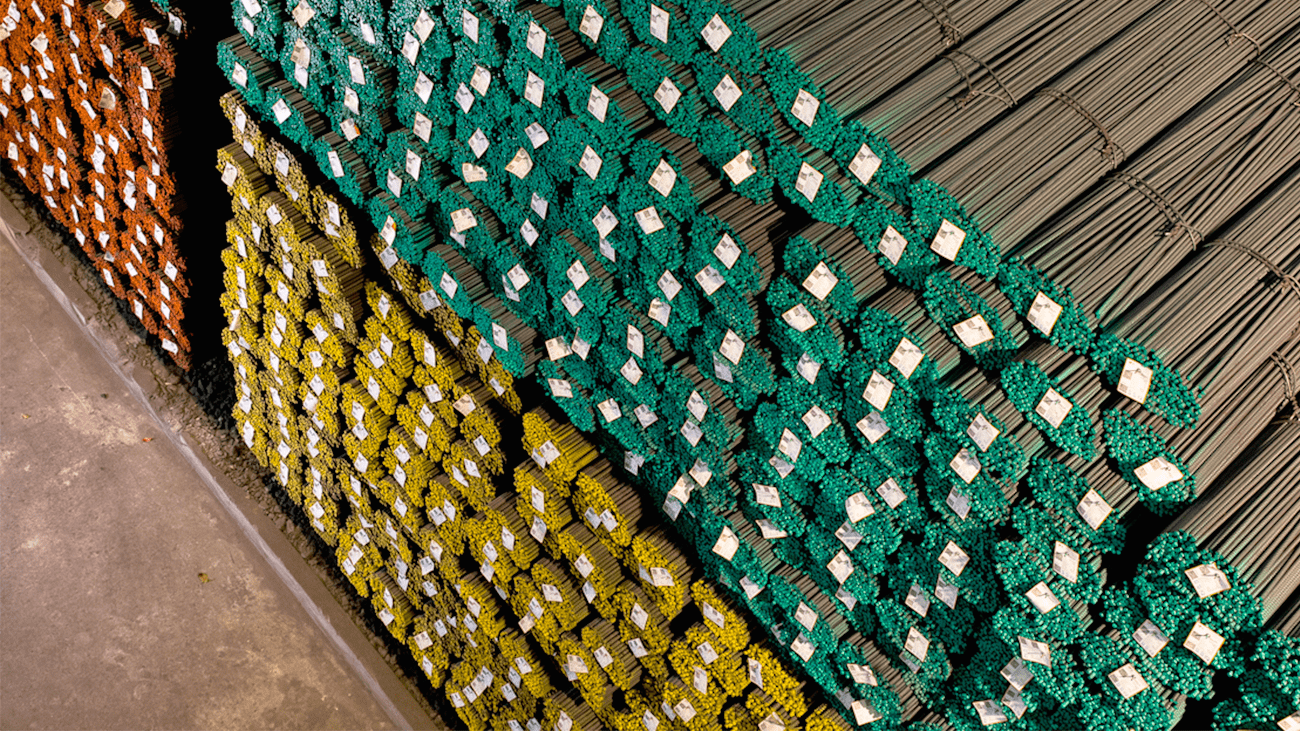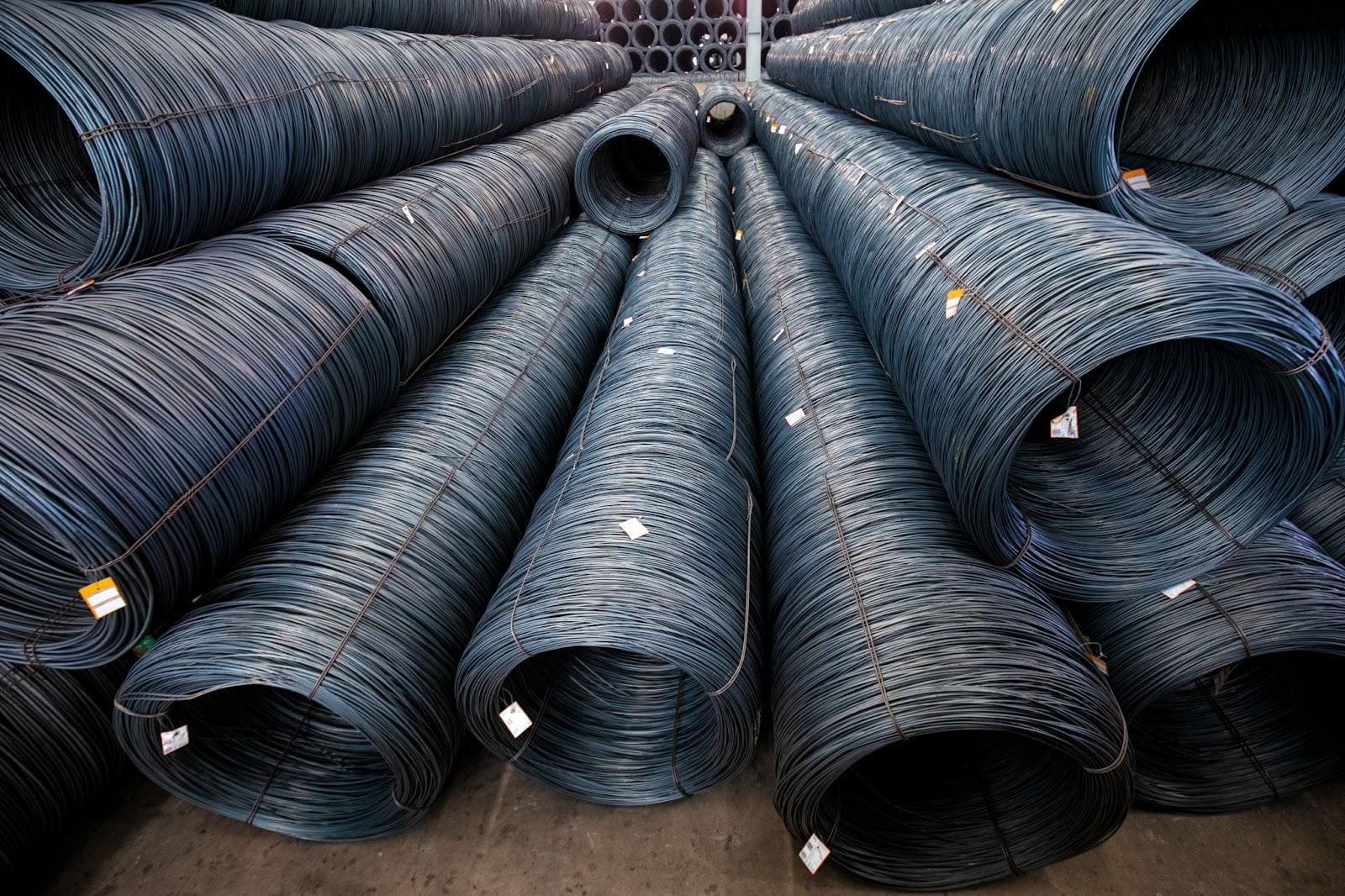The business of iron and steel is highly cyclic; thus, early forecast of supply and consumption is essential to both the investors and producers.
Low market consumption of strip steel will see uneasy improvements in short-term
According to projections by the International Rebar Exporters and Producers Association [IREPAS], the decline in global demand for strip steel will not improve in the coming months and many steel factories may face layoffs and shutdowns.

The Steel Industry Must Prepare for Near-term Headwinds.
The constant fluctuation of prices of transport energy, including fuel and gas, coupled with market instability have caused many customers to cancel their orders. Meanwhile, Chinese merchants have begun short-selling and caused great damage to market growth.
Price pressure surmounts as steel factories in the Orientals, Southeast Asia, and Middle East are swept along by the low-price “fever”. This has stripped them of competitiveness in the Turkish market. This place has even become the arena for products from Russia, Indonesia, and China.
In China, iron ore price dropped to the lowest level in two years. Despite facing pressures, the steel markets of the United States and EU still enjoy state protection for the purpose of preventing competition from other regions, especially the Orients [including the Middle East]. These are places where transport costs play a vital role and help them to minimize competition from faraway markets.
In Vietnam, the Hoa Phat Group has made plans to suspend operations of three blast furnaces this year. Meanwhile, the Pomina steel factory also closed down a high-capacity blast furnace in September, 2022.
The Vietnamese steel industry self-adjusts to external changes

The Vietnamese steel industry self-adjusts to external changes.
The increase in supply while demands have yet to show signs of improvement will continue to weigh heavily on the price of iron ore and even that of steel. Currently, many investors and businesses will need time to recover from the global construction industry and real estate market. This, however, will depend on macro-level factors such as monetary policies and stimulus policies of Governments.
Domestically, numerous big name steel producers, including Hoa Phat, Hoa Sen or Nam Kim groups, are also struggling due to the decline in steel price. Moreover, capital flow to the real estate market is subject to stricter control, leading to an increasingly bleak consumption picture.
Iron prices currently hover below the $90/ton mark and are at their lowest within the past year. These prices risk further decline, thus, even when input price decreases Vietnamese steel producers will find it difficult to reap its benefits due to large quantities of domestically stockpiled goods.
Mr. Pham Quang Anh, Director of the Information Center of the Department of Mercantile Exchange of Vietnam remarked that: with pressures from the supply and demand sides both domestically and internationally, the iron ore and steel markets are unlikely to prosper in the remainder period of this year.
Supply and demand prospects in the coming years

The business of iron and steel is highly cyclic;
early forecast of supply and consumption is essential.
The business of iron and steel is highly cyclic; thus, early forecast of supply and consumption is essential to both the investors and producers. According to the Global Iron Ore Market Outlook Report by Fitch Solution, global iron ore production will grow at an average rate of 2.7% in the period from 2022 – 2026, driven mainly by Australia and Brazil, two of the world’s largest producers of iron ore.
According to the Department of Mercantile Exchange of Vietnam [MXV], major exploitation companies such as Vale [Brazil] or BPH and Rio Tinto [Australia] all have plans to expand and increase production. This will directly contribute to the increase in annual iron ore production by 361.7 million tons from 2022 to 2026.
In China, iron ore production is expected to regain growth within the next 3 to 4 years as the country strives for self-sufficiency and reduce imports from Australia which has been significantly limited in recent years.
However, the current decline in iron ore prices will push production activities into stagnation due to weakened demands in China. Fitch Solution also projects that annual production growth will average 0.04% in the period from 2026 – 2031.
Latest News
Vietnam’s steel export declined nearly 38% in the first 11 months
In November 2022, Vietnam exported 587,156 tons of steel, a 10.4% growth on October, according to the Vietnam General Department of Statistics. Meanwhile, in the first 11 months of the year, Vietnam’s steel exports declined by 37.8% year over year to 6.46 million tons.
American steel producers worried price may approach break-even levels
American steel prices experienced significant decline in the month from November to December. In which, hot rolled steel coil witnessed the sharpest decrease of 12.6% in November.
Source: satthep.net

 Vietnam
Vietnam English
English